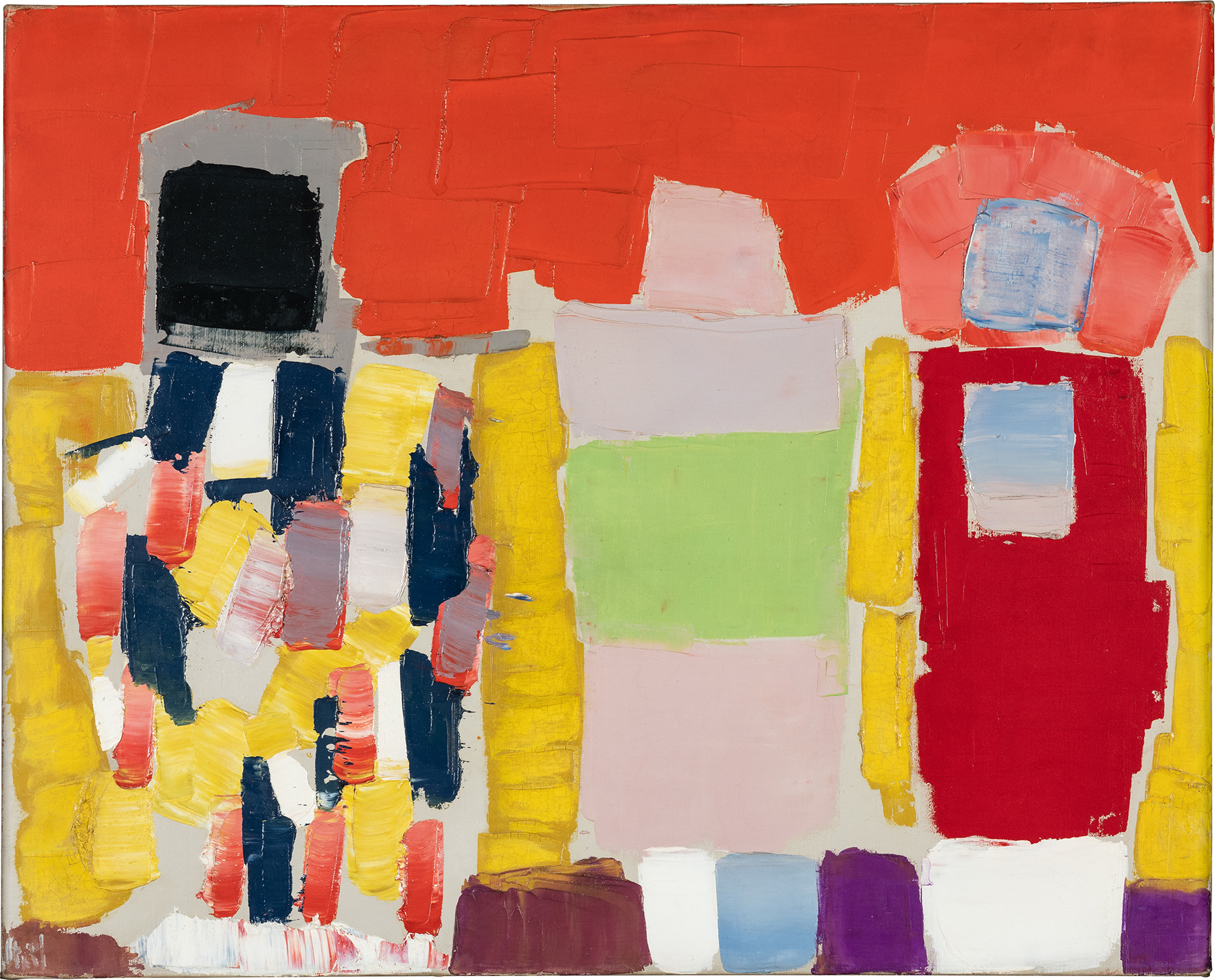

Property from an Important European Private Collection
44
Nicolas de Staël
Personnages au bord de la mer
signed "Staël" lower left; titled and dated "1952 PERSONNAGES AU BORD DE MER" on the stretcher
oil on canvas
25 5/8 x 31 7/8 in. (65.1 x 81 cm)
Painted in 1952.